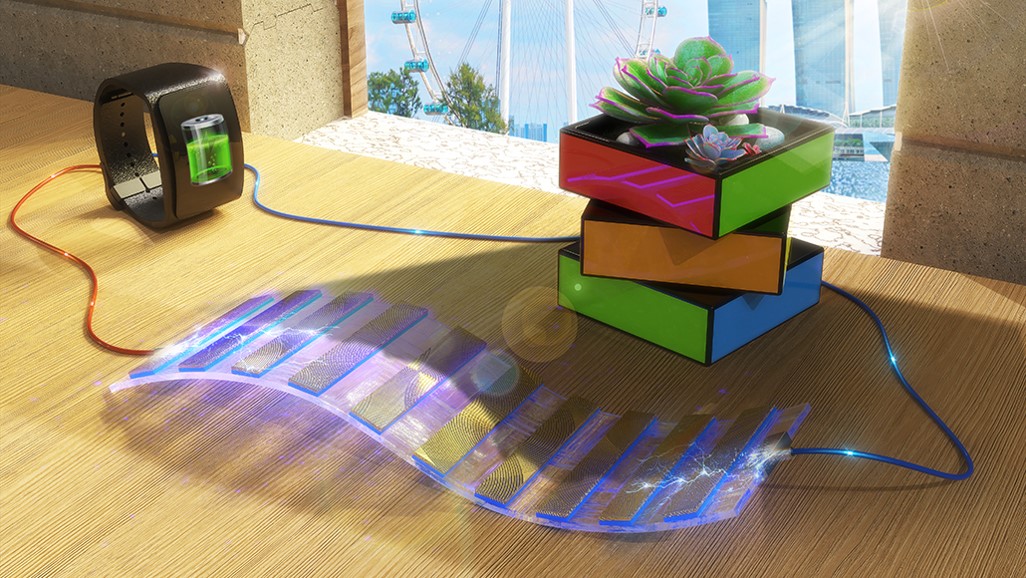Shadow Effect Energy Generator
Opportunity
As governments and businesses seek cleaner and more sustainable energy sources, the shift towards renewable energy has intensified. In 2021, renewables are expected to see the highest amount of spending in the energy industry, with 54% going towards solar photovoltaic technology (amounting close to US$700 billion).
Traditional light energy harvesters such as solar panels require strong light intensity to work, and large spaces for installation. However, this creates issues in land-scarce and dense cities such as Singapore. In addition to the space crunch, natural conditions such as rain and cloud cover also affect light intensity, which in turn impact power generation.
Technology
This novel Shadow Effect Energy Generator (SEG) is able to work under shadowed conditions to convert low intensity light into electricity. Each SEG cell consists of a silicon substrate coated with a thin film of gold, platinum or tungsten. And it costs between US$31.6–51.67 to produce, as compared to US$486.76–676.47 per square metre for commercial solar panels.
When light and shadow fall on the cell surface, a voltage difference is created between the two regions. This in turn causes movement of electricity-generating electrons from illuminated to shadowed regions. Under shadow (0.001 sun), the SEG is twice as efficient (0.14 μW cm2) as conventional solar cells (0.07 μW cm2). Under indoor lighting conditions, the energy generated by the device from shadows is able to power a digital watch at 1.2V.
One SEG panel consists of SEG cells arranged on a flexible and transparent plastic film about six square centimetres in size—smaller than conventional solar panels, and easily usable in wearables and portable electronics. With its panel bendable from 30° to 240° and the ability of its mechanism to detect opaque objects and act as a self-powered motion detector, application for the SEG is expansive.

Credit: Royal Society of Chemistry.


